Nopales, a Prickly Affair

Nopales are from a wonderful tasting cacti (the nopal) that comes from Mexico though it can be found in other places such as in Arizona, California, New Mexico, and Texas to name a few. They have been a part of Mexican cuisine for 1,000's of years. The nopal is also known as the prickly pear cacti. The prickly pear which is more well known outside Mexico is the beautiful red prickly fruit/flower that buds from the nopal. The paddles or pads of this lovely cacti are what we refer to as nopales or nopalitos (when prepared) and are used in many different ways. You can boil them, boil then fry, or grill them. You can eat them in a salad, in a taco, with scrambled eggs, the list is endless and once you understand the flavor I think it's really about making it your own. It doesn't necessarily have to be made in a Mexican recipe.
You want to choose relatively small nopales (if you are going to harvest them yourself), around 8 inches in length, and you will have to wear gloves to protect you from the spines. If you are going to purchase some, the only place I've seen them is in Mexican groceries.
Nopales have incredible healing properties that are just beginning to be tapped into (well, I should say - tapped into in N. America because the Mexicans have known for a long time they're good for you!). I have no doubt they'll synthesize some ingredient or other from them and put them in a bottle, but in my opinion: buy them for 50 cents, take them home, cook them yourself! Nopales are said to treat digestive issues, diabetes (they regulate blood sugar levels), and high cholesterol. They also happen to be high in vitamin A and C. If you were to use them for medicinal purposes some examples of usage would be as follows: if you are pre-diabetic or are diabetic, this is an excellent snack replacement or addition to your food choices as it would potentially help to further decrease your blood glucose levels; if you have digestive troubles, this is an excellent soothing plant for your stomach and can be added to salads or eggs or whatever you choose to eat it with; likewise for those with high cholesterol, add it to your diet to help combat your cholesterol levels along with some of the other things I have discussed you would have a nice combination of foods that you know can lower cholesterol (see hibiscus/flor de Jamaica entry).
I chose to make a light salad of nopales which turned out wonderfully but in the next round I am going to make them roasted on a barbeque grill.

1. First, I washed the nopale (I only used one for my lunch today), I cleaned off the sides which were rough by slicing them off, I used a peeler to cut out the dark rough "eyes" (much like potato eyes), then I boiled it for approx. 12-15 mins in salt water (once it turns olive green and is soft you can take it out). Drain the water.
DO NOT OVERCOOK YOUR NOPALES THEY WILL TURN STICKY AND GROSS!

2. I let it cool and then sliced it into thin strips, placed it in a bowl, added one thin sliced garlic clove, lots of lime, sea salt and pepper, and that's it! Delectable.

3. If you want to go further with this, buy some fresh soft shell taco's (I like the corn based ones), toast them lightly on a flame, put a few slices of the above nopalitos in there, some white cheese (I used the Mexican white cheese, crumbly and not too heavy), a dash of yogurt, and some chili - DEEEELISH, do it.

The Gourmet Sleuth has a wonderful and extensive entry on nopales here: http://www.gourmetsleuth.com/nopalitos.htm#Nopales%20History.
Here is an entry from someone who ate nopales while he was undergoing chemotherapy:
http://mycancerchronicles.blogspot.com/2007/09/nopalitos.html
If you want a more technical and scientific explanation (also incredibly interesting), go to Miguel Angel Gutierrez from UCLA's Department of Biological Chemistry article here: http://repositories.cdlib.org/uclabiolchem/nutritionbytes/vol4/iss2/art3/



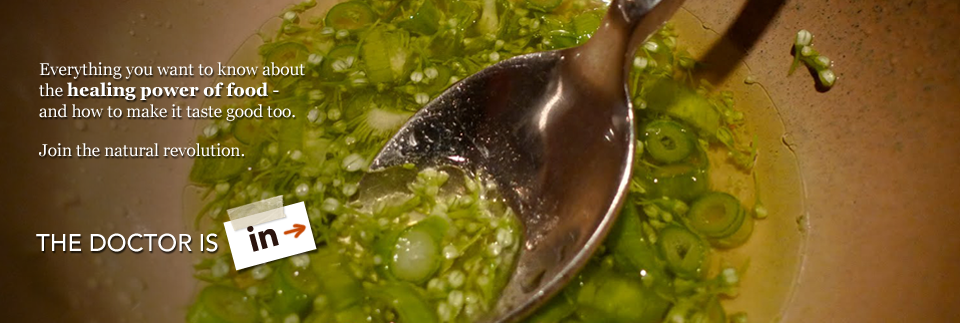
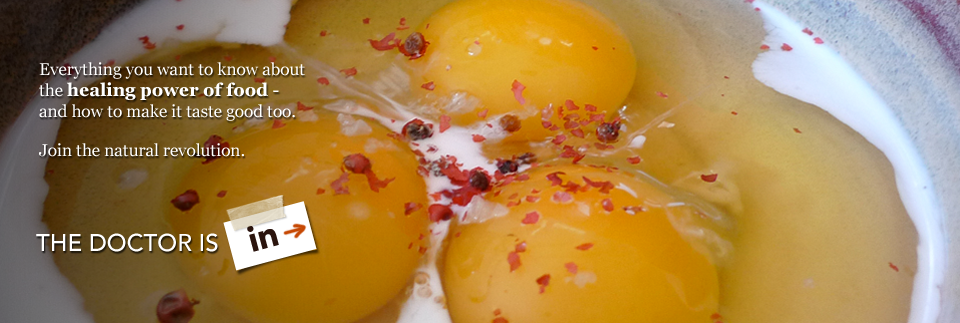
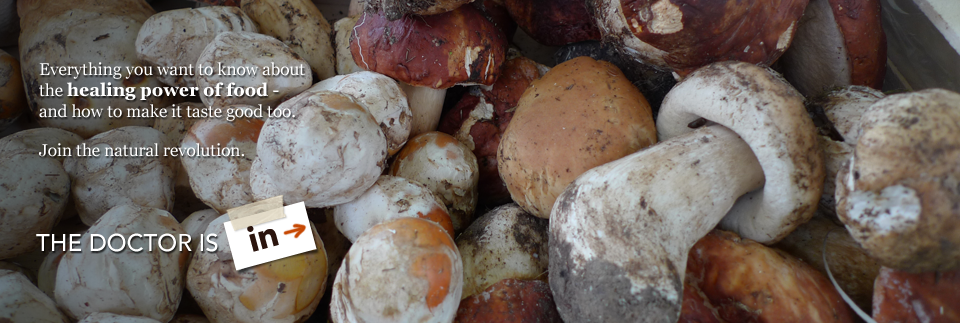
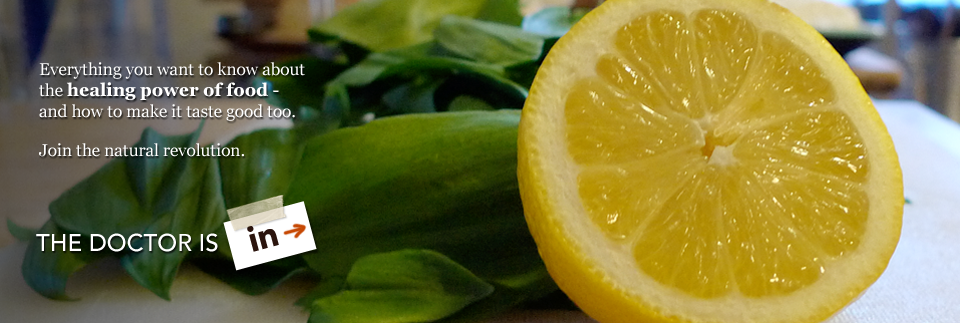

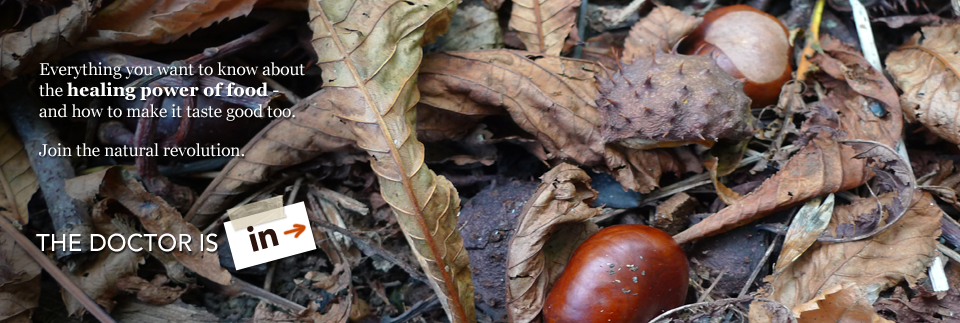
Post new comment